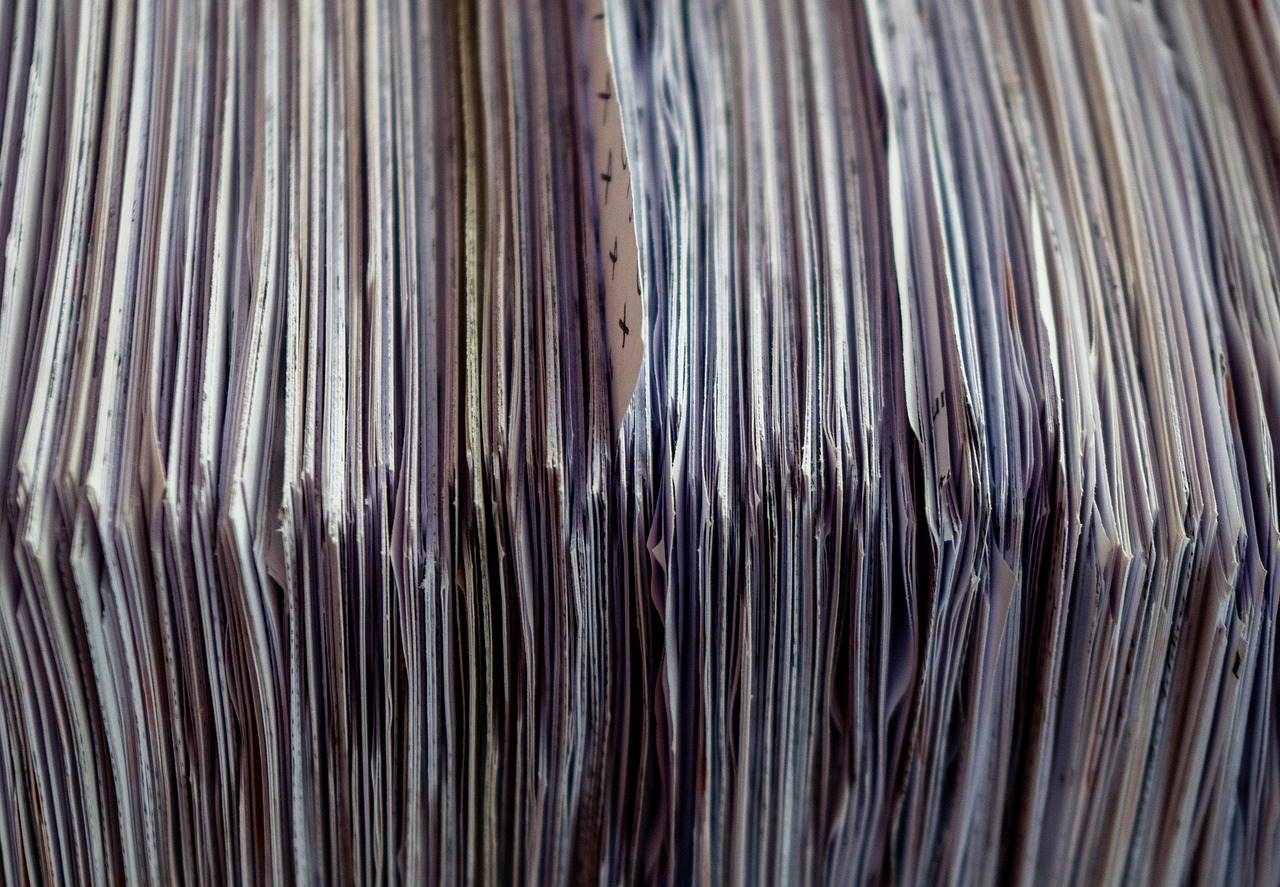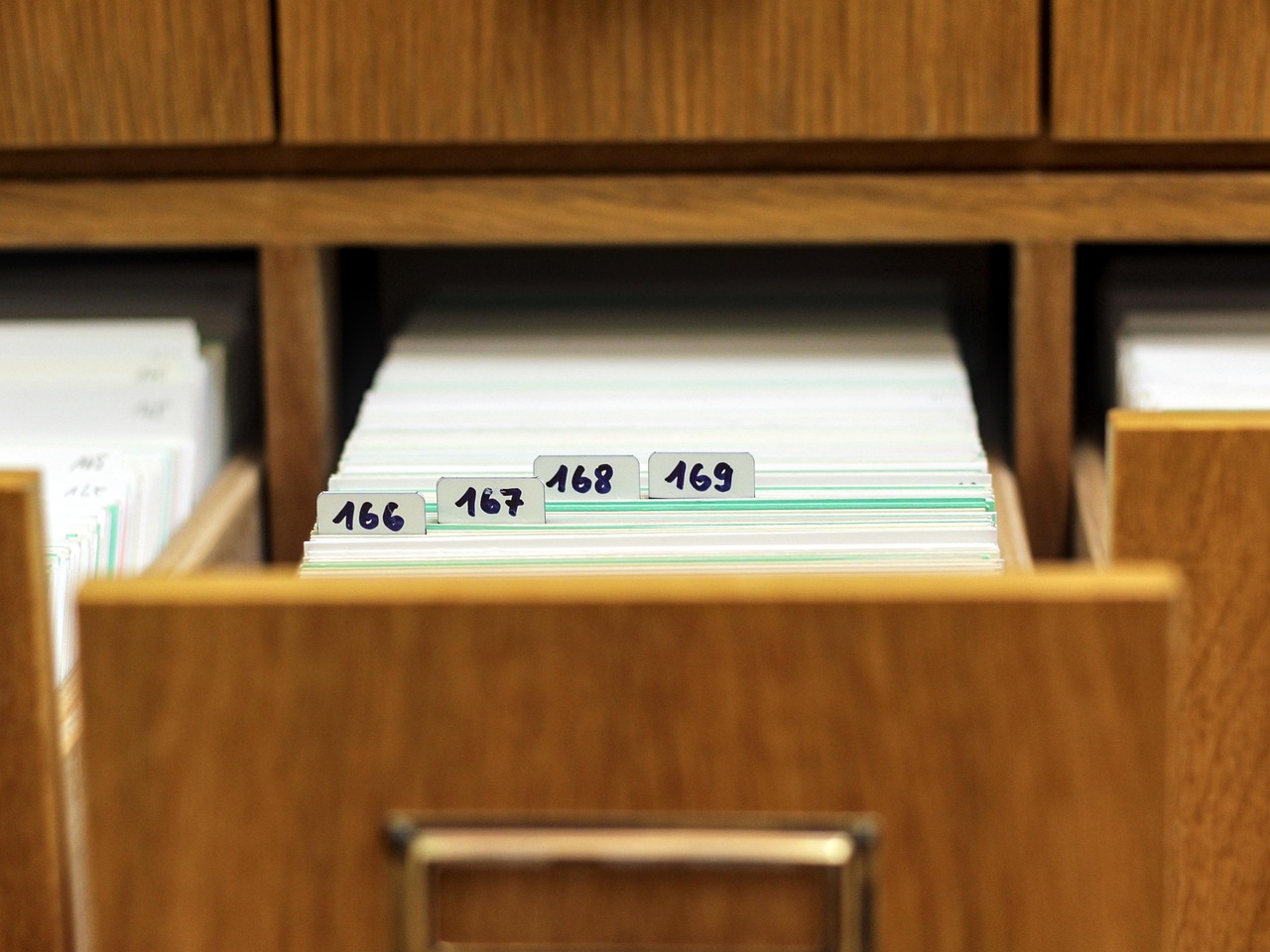What happened with Iran and the IAEA.
Iran has suspended cooperation with the UN nuclear watchdog, the International Atomic Energy Agency (IAEA), following recent US and Israeli air strikes on its nuclear facilities. This move, ordered by Iranian President Masoud Pezeshkian, came without specific details or timelines, marking a critical shift in Iran’s engagement with international nuclear oversight.
Analysis of the suspension implications.
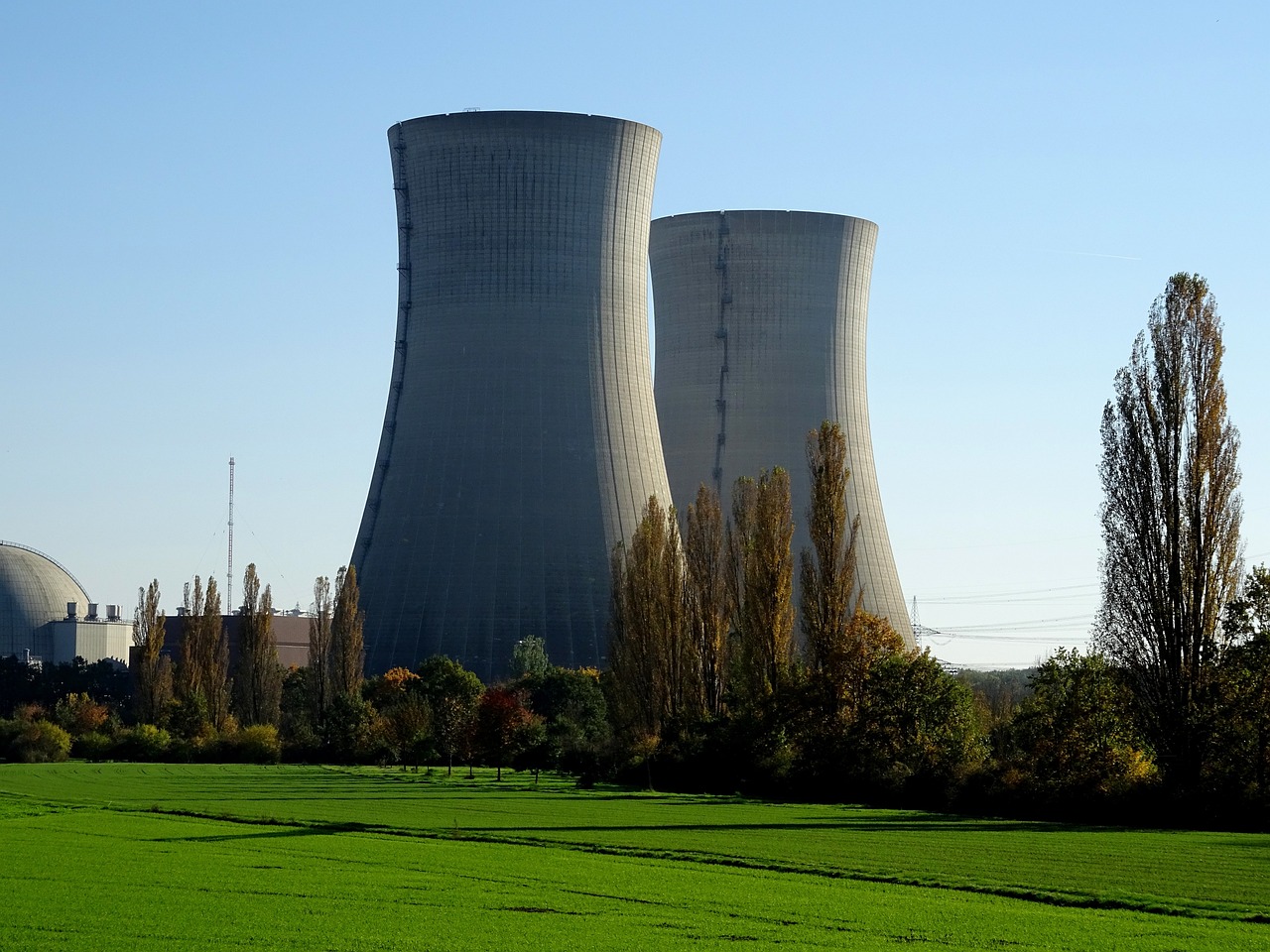
The suspension follows the IAEA’s declaration that Iran violated the Nuclear Non – Proliferation Treaty (NPT), under which Iran agreed to allow inspections to verify its nuclear program remains peaceful. Iran’s uranium enrichment levels have reached 60%, nearing the 90% threshold for weapons – grade material, while its stockpile could theoretically support multiple nuclear weapons. Israel, believed to possess nuclear arms, condemned Iran’s move, urging European parties to reimpose sanctions via the 2015 deal’s snapback clause. Notably, the IAEA still awaits official clarification and inspectors remain in Iran for now.
FAQ on Iran and IAEA cooperation suspension.
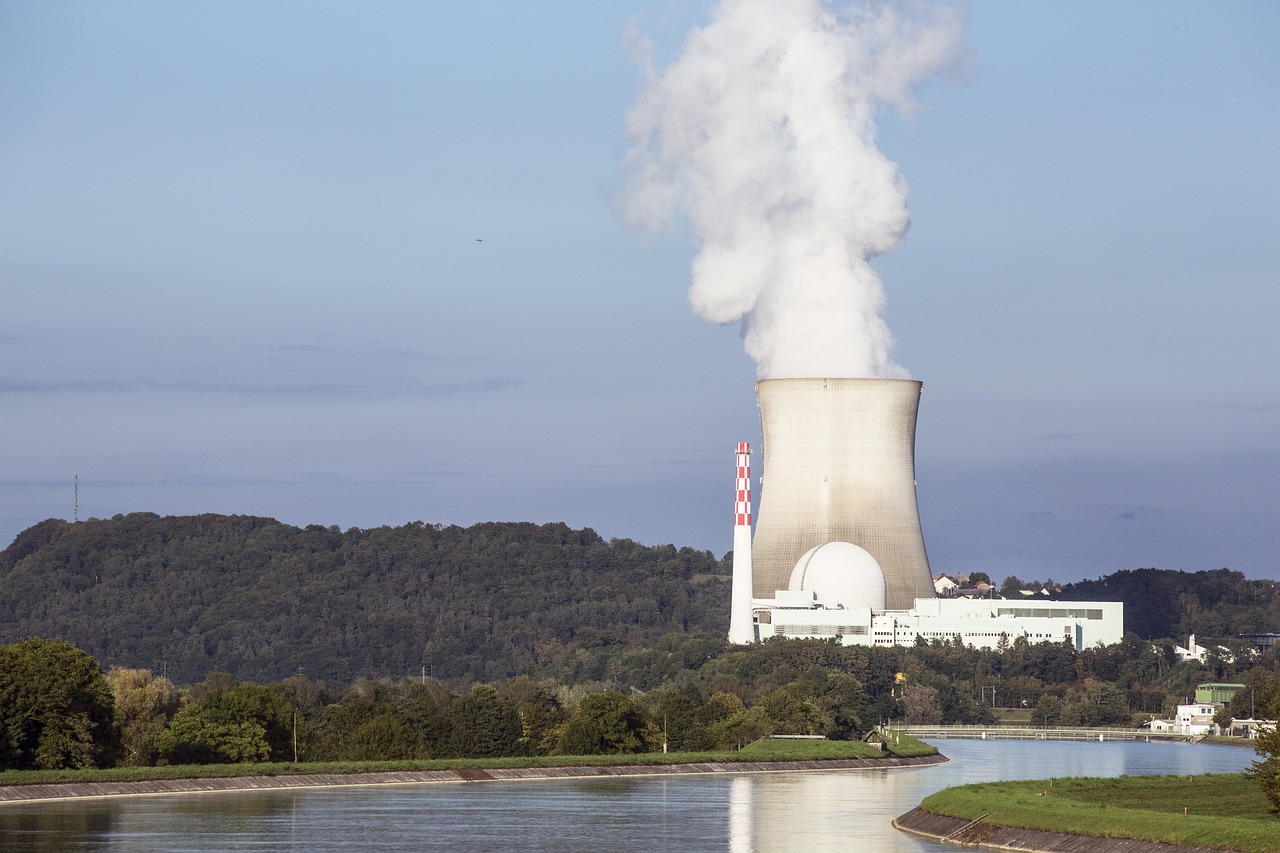
**Q: Why did Iran suspend cooperation with the IAEA?** A: In response to US and Israeli strikes on its nuclear sites and accusations from the IAEA regarding treaty violations. **Q: Does this mean Iran is exiting the Nuclear Non – Proliferation Treaty?** A: No formal withdrawal announced, but suspension signals serious compliance issues. **Q: Are there ongoing inspections despite the suspension?** A: Yes, IAEA inspectors remain in Iran pending further official communication. **Q: What is the international response?** A: Israel condemned the move and urged sanction reinstatement; European countries are being called to act under the 2015 deal’s snapback clause.
Conclusion on maintaining informed perspectives.
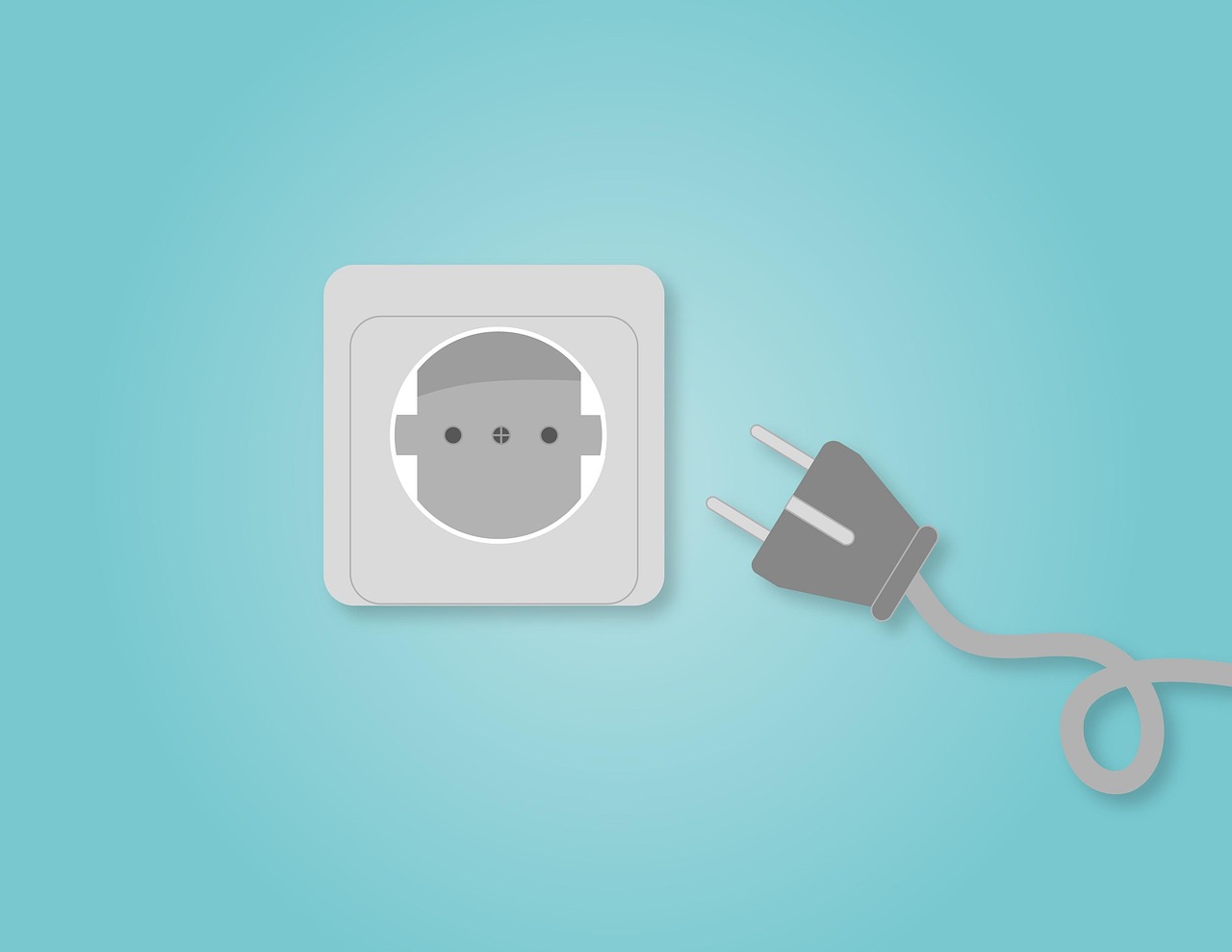
Iran’s suspension of cooperation with the IAEA amid escalating military strikes underscores the fragile nature of global nuclear diplomacy. Reliable news consumption requires scrutinizing official data—such as enrichment percentages, diplomatic statements, and verified casualty numbers—and balancing multiple viewpoints. Maintaining awareness of treaty frameworks like the NPT and their enforcement mechanisms is essential for understanding these complex geopolitical developments. – – – ### Checklist for further reading on reliable sources about Iran and nuclear issues. – IAEA official statements and reports: https: //www.iaea.org/newscenter. – UN Nuclear Non – Proliferation Treaty documentation: https: //www.un.org/disarmament/wmd/nuclear/npt/ – Satellite imagery analysis by Maxar Technologies: https: //www.maxar.com/newsroom. – Reports from human rights monitoring groups on casualties: https: //www.hrw.org. – Statements from involved governments: Israeli Ministry of Foreign Affairs, Iranian Presidency Office press releases. – Historical data on uranium enrichment thresholds and nuclear weapons development from peer – reviewed journals in nuclear science.



